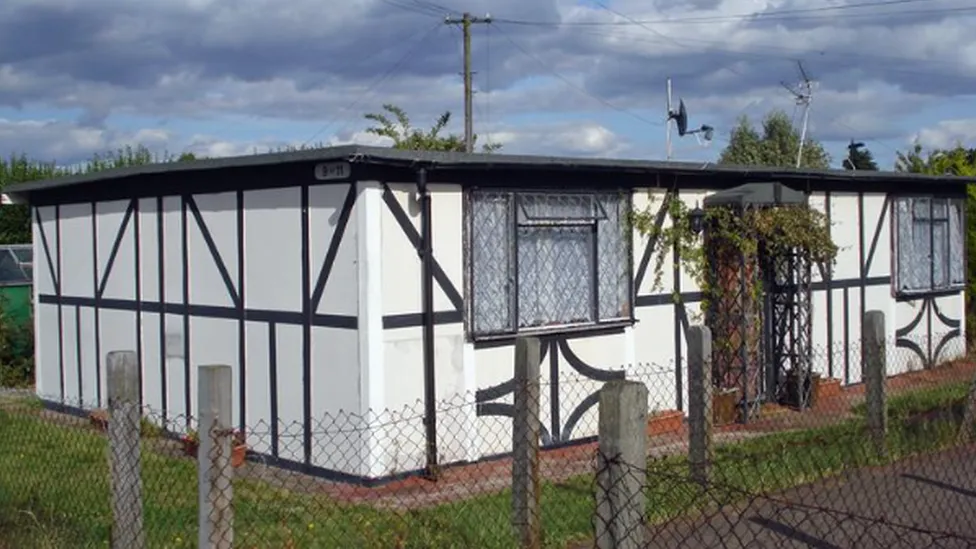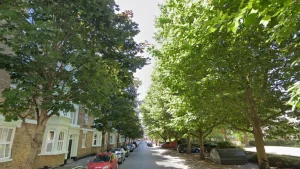War’s Prefab Legacy
How Prefabs Sprouted from the Ashes of War
When World War II came to an end in 1945, Europe was left in ruins. Cities and towns had been destroyed, homes reduced to rubble, and millions…

How Prefabs Sprouted from the Ashes of War
When World War II came to an end in 1945, Europe was left in ruins. Cities and towns had been destroyed, homes reduced to rubble, and millions of people were left homeless. In the midst of this devastation, a solution was needed to quickly provide affordable housing for those who had lost everything.
Enter prefabricated housing, or “prefabs” as they came to be known. These temporary structures were designed to be mass-produced in factories and assembled on site, allowing for quick and cost-effective construction. Made from materials such as steel, aluminum, and plywood, prefabs were easy to transport and could be erected in a matter of days.
Initially intended as a short-term solution, prefabs quickly gained popularity for their durability, efficiency, and affordability. They offered a way to rebuild communities quickly and provide shelter for those in need. In the UK alone, over 150,000 prefabs were built in the years following the war.
But prefabs were more than just a practical housing solution—they became a symbol of resilience and innovation in the face of adversity. They represented a new era of architecture and construction, paving the way for modern modular housing and sustainable design practices.
Today, prefabs continue to be used in disaster relief efforts and affordable housing projects around the world. They have evolved to meet the demands of a changing society, offering customizable and energy-efficient options for those in need of a quick and affordable housing solution.
In a world still scarred by the echoes of war, prefabs stand as a testament to the power of human creativity and resilience. From the ashes of destruction, these humble structures sprouted forth, providing shelter, hope, and a vision for a brighter future.






